The Trump administration’s new Department of Government Efficiency, seeking to revamp the size of the federal government and conserve funds, has brought financial instability to some Easton food programs and uncertainty to other local institutions.
“We’re going to have to make some tough decisions,” said Easton Mayor Sal Panto Jr. about the effects of the department, known as DOGE, in the city.
In early March, DOGE cut Pennsylvania’s $13 million contract with the Local Food Purchasing Assistance Program, a program that some Easton food pantries rely on heavily. The program, known as LFPA, seeks to “distribute local and regional foods and beverages that are healthy, nutritious, unique to their geographic areas and that meet the needs of the population,” according to its website.
Second Harvest Food Bank, which serves six counties around the Lehigh Valley area, lost LFPA federal funding due to the contract slash.
Dawn Godshall, the executive director of Community Action Lehigh Valley, the parent organization of Second Harvest, said that the funding previously enabled the pantry to purchase food — including meat, eggs, dairy products and produce — from 40 local farmers to stock food banks.
“It not only helped us help farmers because farmers often need a place to sell their crops to be able to sustain themselves and their families,” Godshall said. “But then it helps by sending fresh produce and proteins out to the 170 pantries that we would give those products to.”
While Easton organizations like Second Harvest have already seen the effects of the federal funding cuts, others are focused on preparing for the future’s uncertainty.
Meg Sayago, a member of the Board of Directors for the Easton Area School District, said that around 2% of the school district budget is derived from federal funds — namely Title Funds. Such funds, according to Sayago, are federal need-based funds aimed at supporting different educational services.
“What’s being put into the budget is about 80% of anticipated funds,” Sayago said.
Allison Czapp, the executive director of the Easton Area Neighborhood Center, said one of the center’s biggest challenges is reevaluating its fundraising strategy for next year.
“When everyone else is also doing that, it makes a really limited resource even smaller, potentially more competitive,” she said.
The termination of several United States Department of Agriculture grants has caused the center’s Easton Urban Farm program to look towards other grants to account for the loss of federal funding.
“The application was open, and then it just disappeared,” Czapp said of a specific grant the center was looking to apply to.
Rather than focus more energy on fundraising, Czapp said that these federal grants would have allowed the program to spend more time expanding its educational resources and events. Without them, Czapp said the center plans to look for other sources of funding, including state, county and city grants.
Czapp mentioned the Community Development Block Grant as an alternative, a grant allocated to projects and businesses by the City of Easton and federally funded by the U.S. Department of Housing and Urban Development. Panto said that the city is weighing how much of the grant to allocate to nonprofits, as the city council is unsure of whether the nonprofits will lose their funding.
“We just had to lay off our deputy forester because the grant that was given to us that we signed for a year ago is now being eliminated,” Panto said, referring to DOGE’s $75 million cut from the U.S. Forest Service budget in March.
For Second Harvest and the Neighborhood Center, Goshwall and Czapp both worry that these cuts will ultimately have a trickle-down effect on the individual community members they serve in Easton.
“Right now, we don’t have to turn anybody away from our food pantry,” Czapp said. “But at some point, without additional support from some other entity, whether it’s the state, whether it’s federal government, we’re going to be at maximum capacity.”
Andreas Pelekis ’26 and Makenna McCall ’27 contributed reporting.




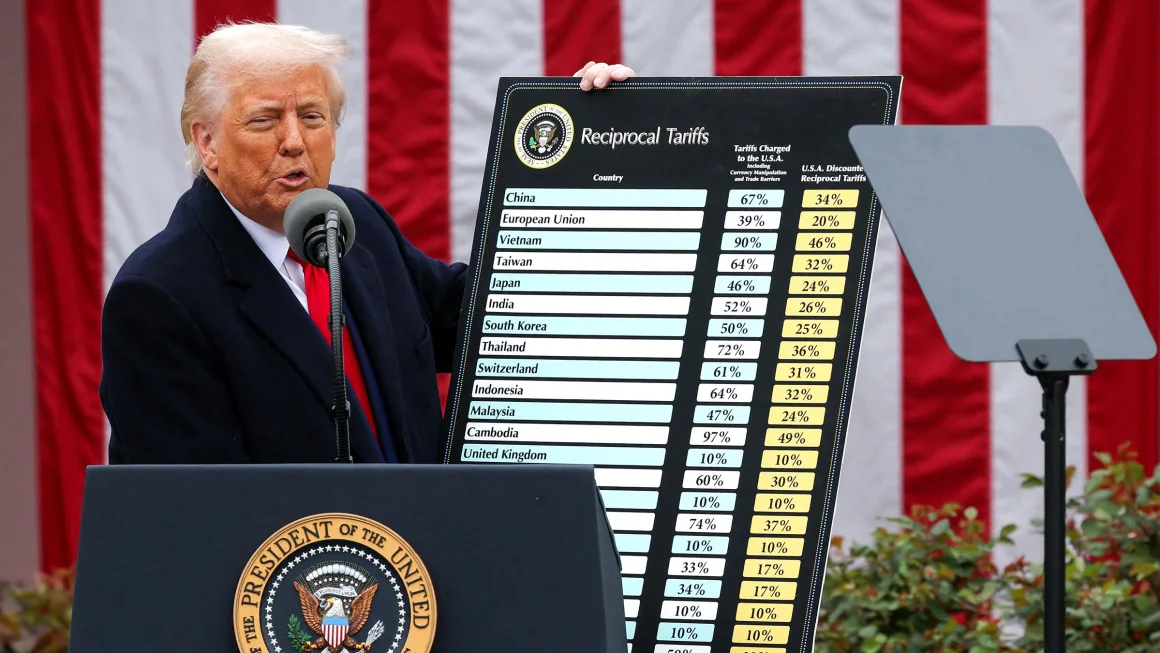


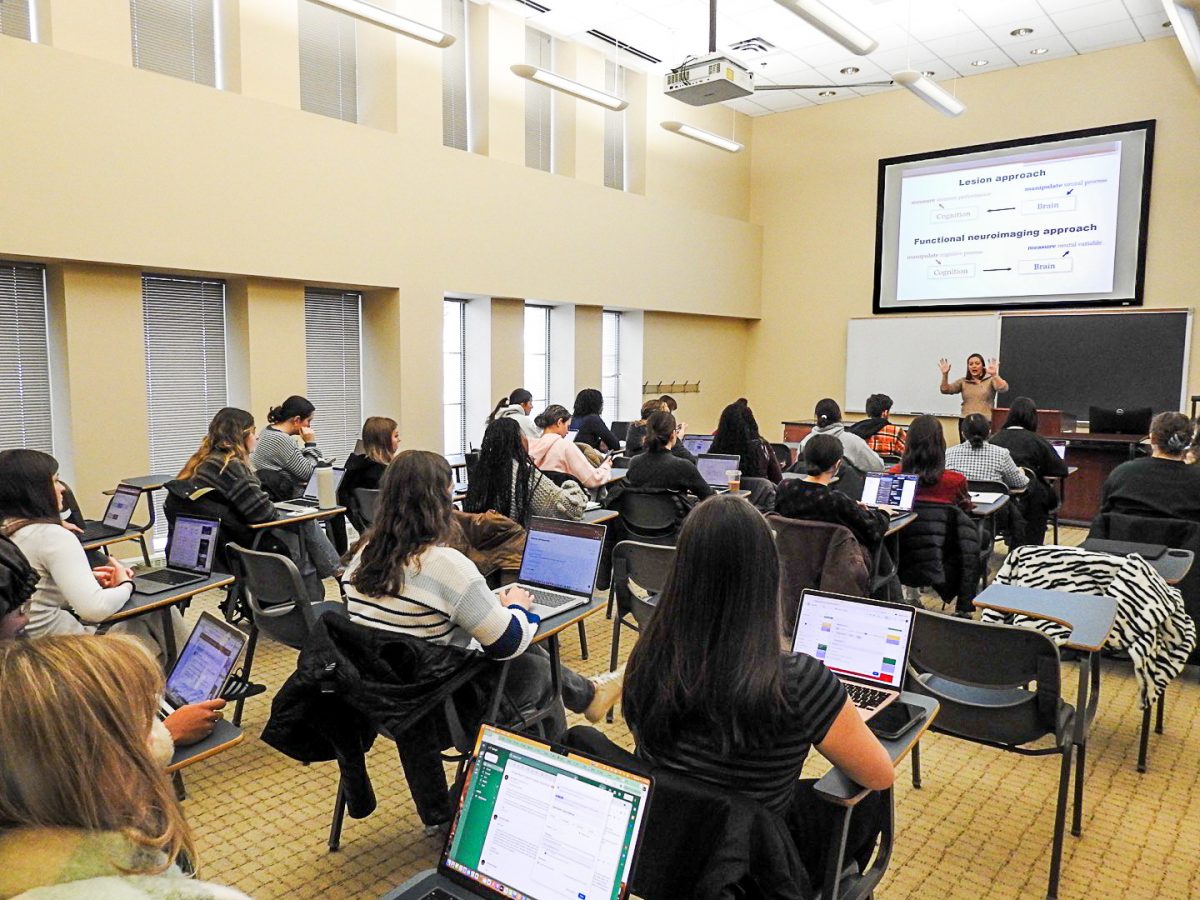
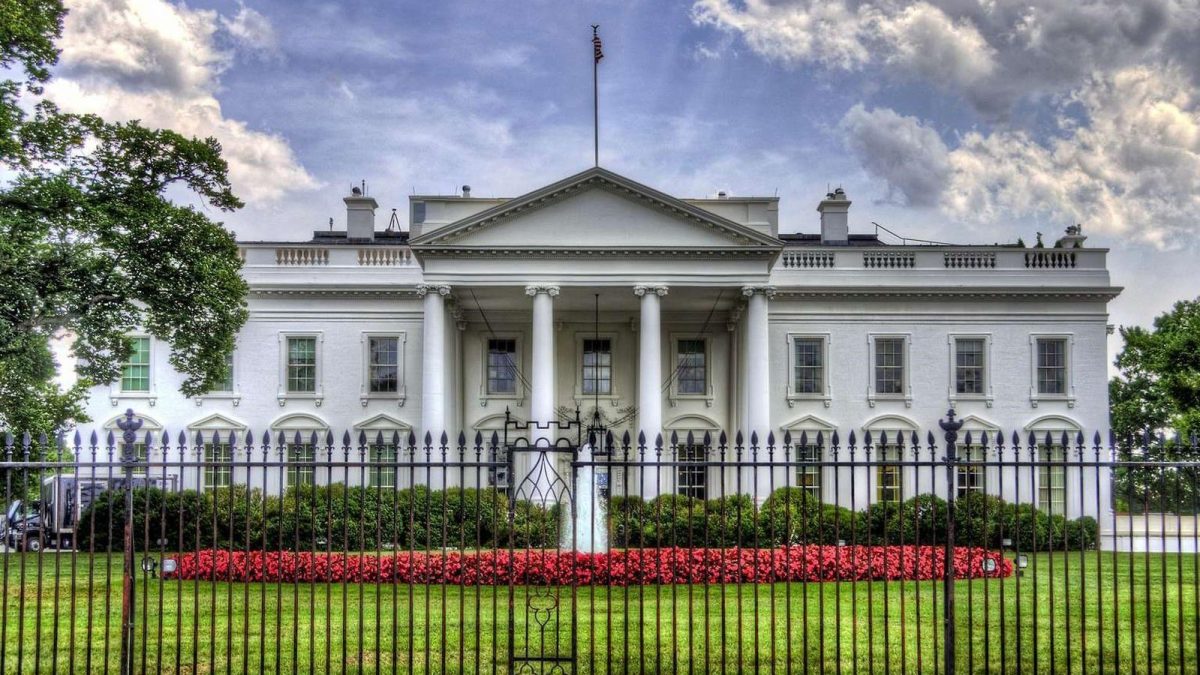

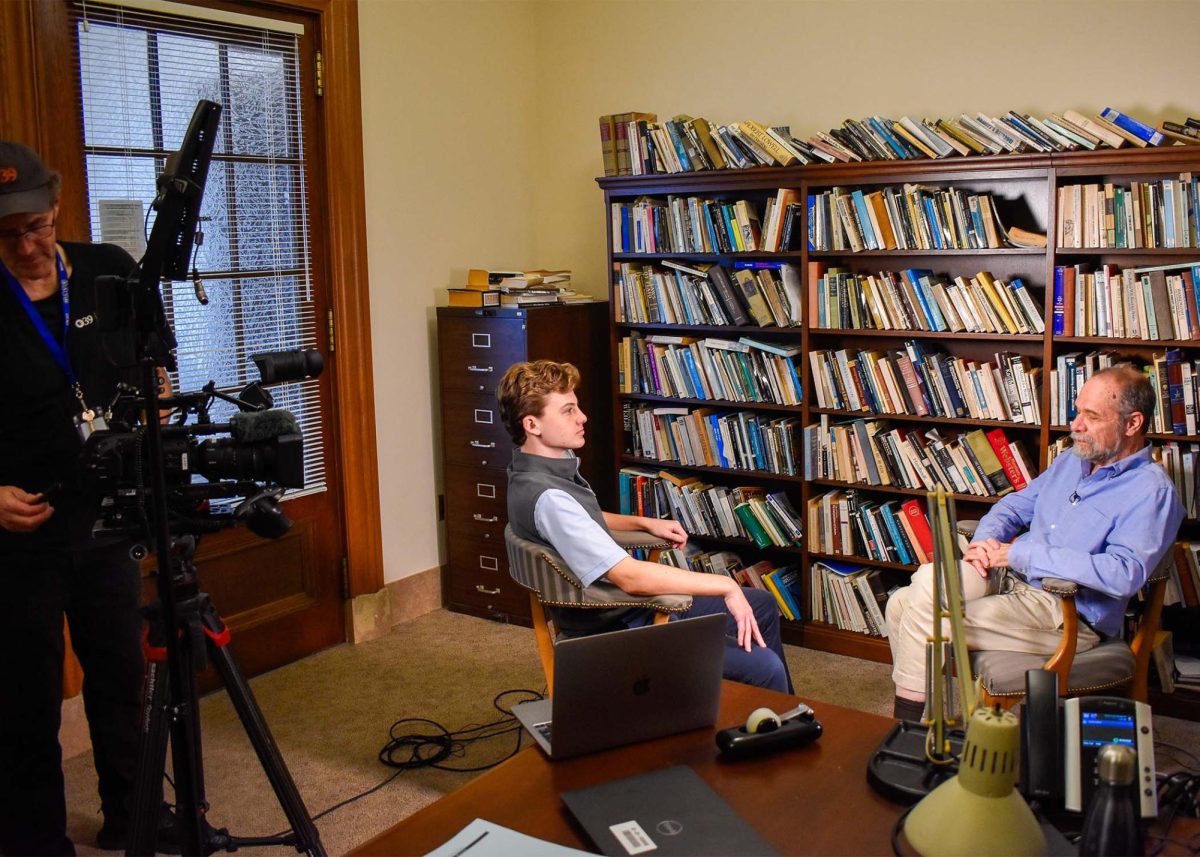








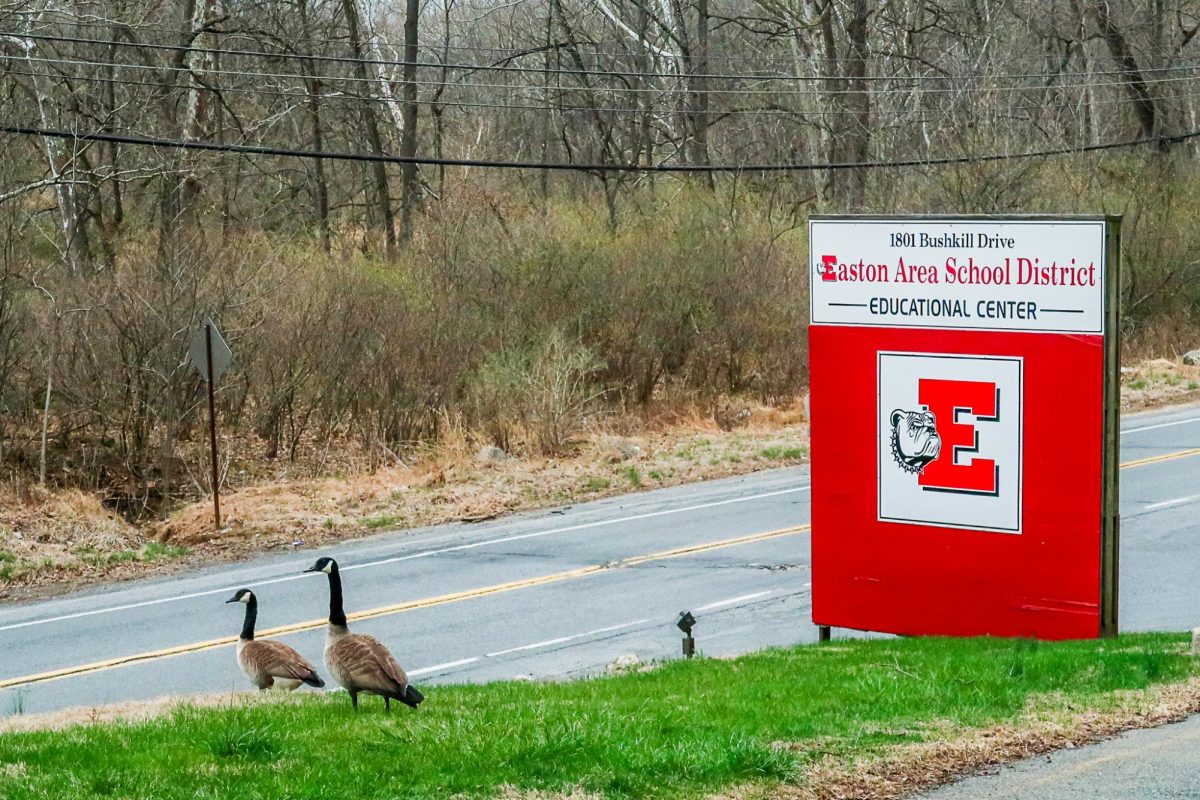




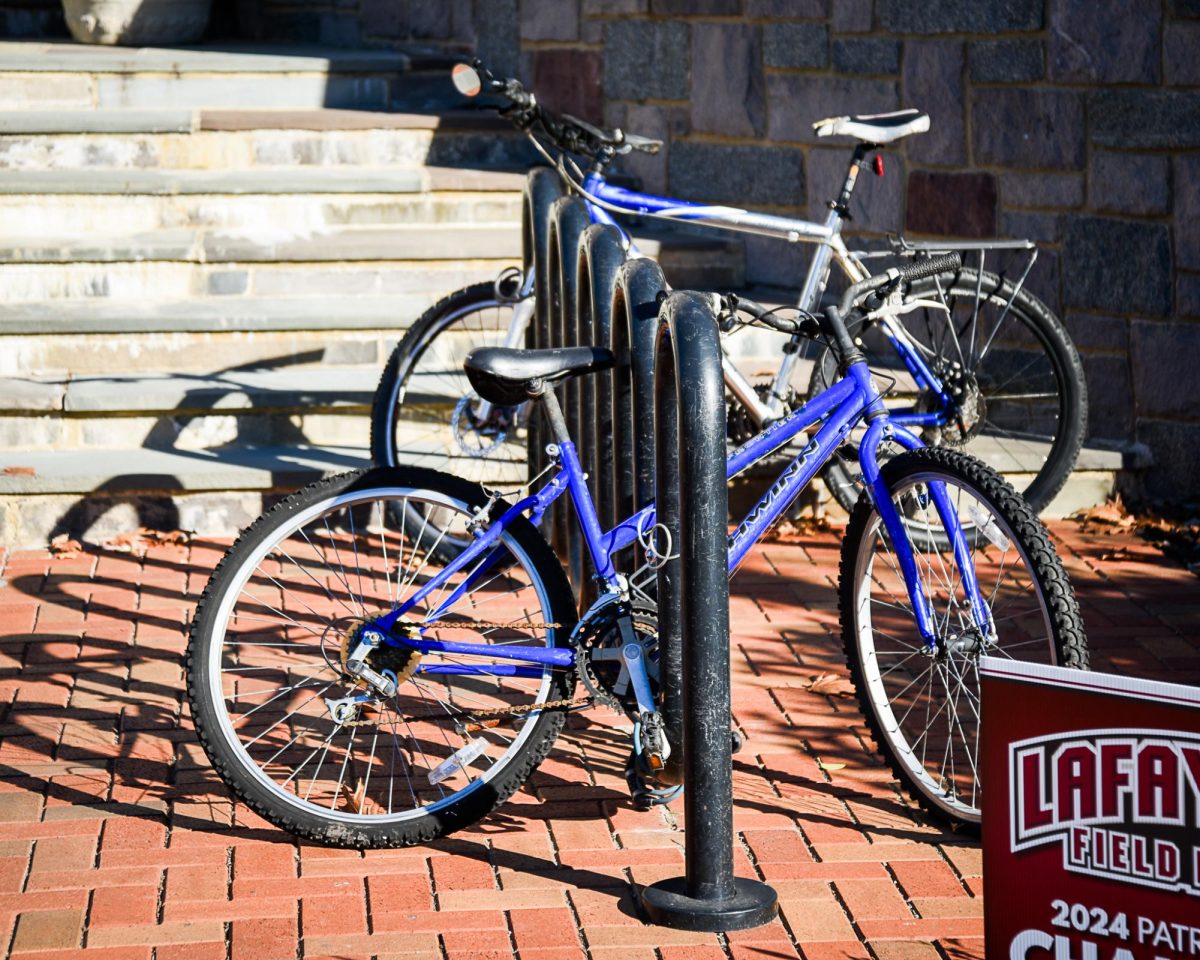
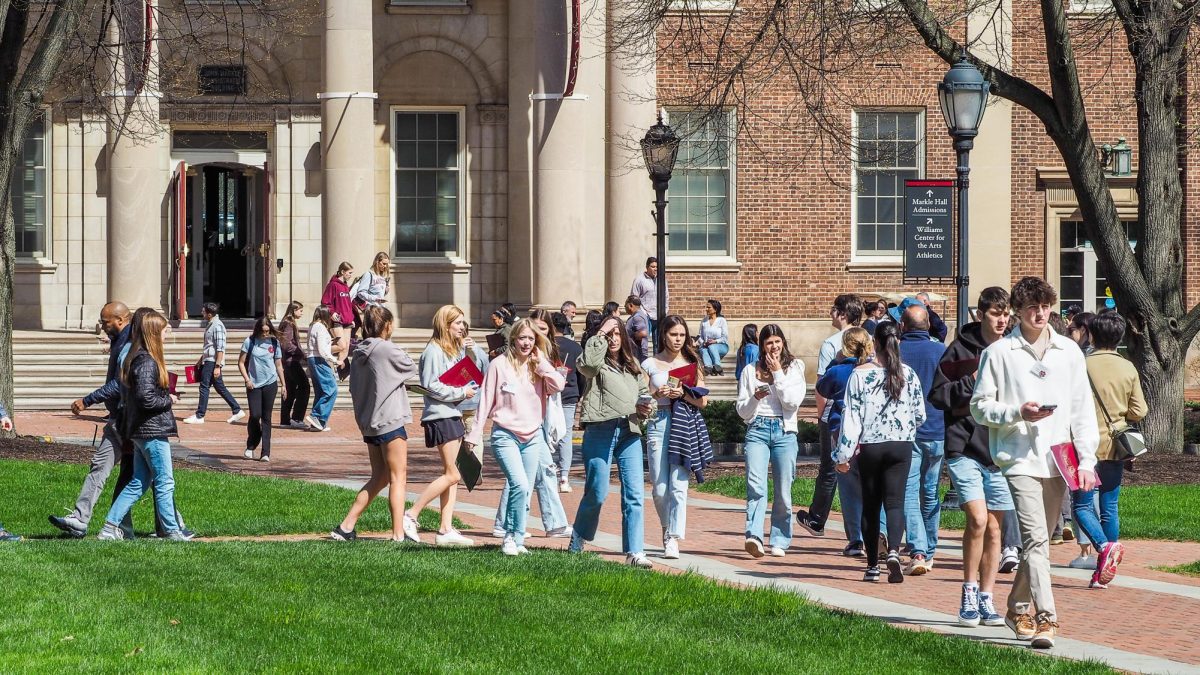
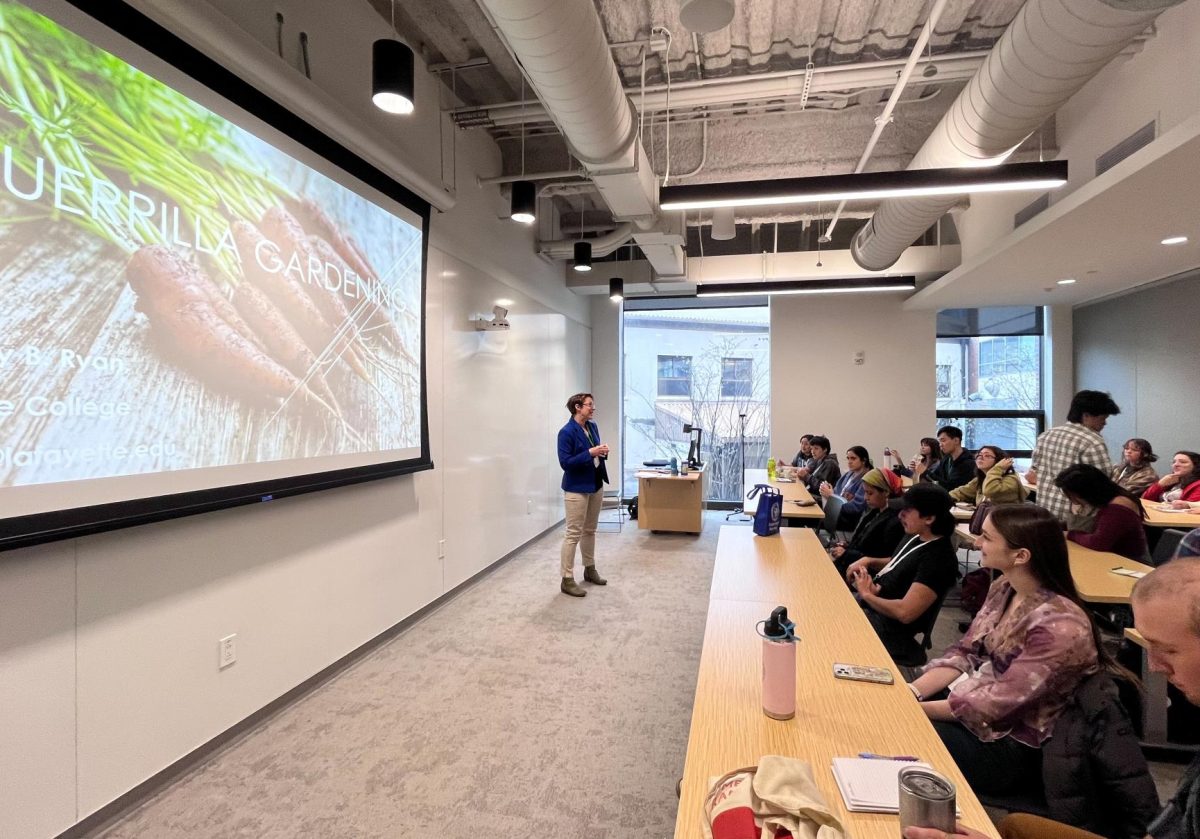


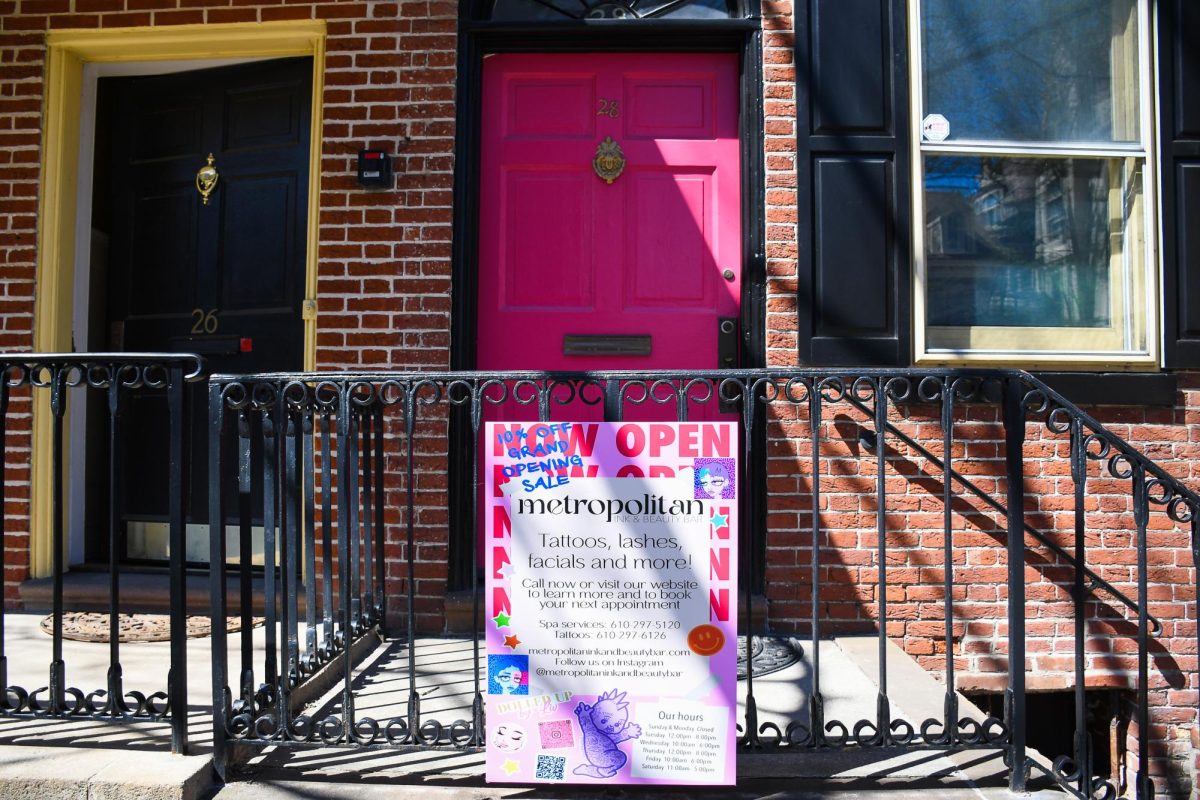
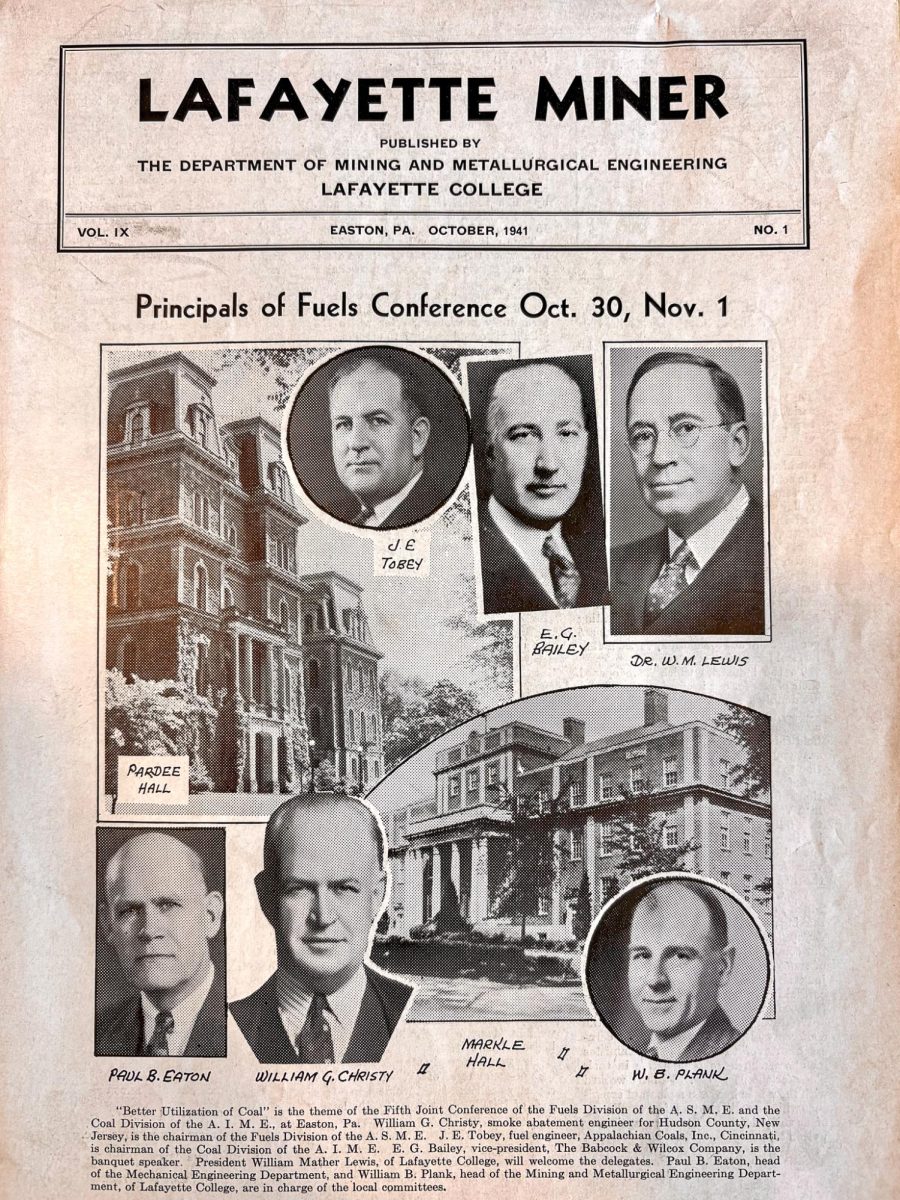


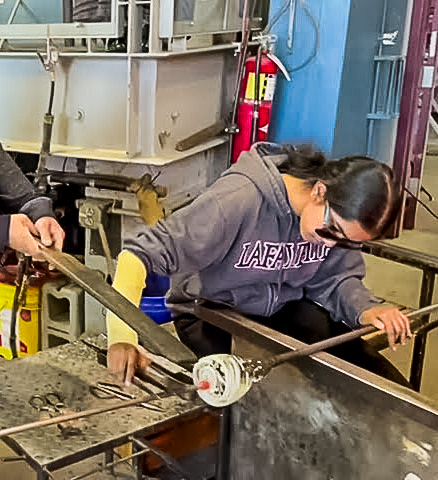
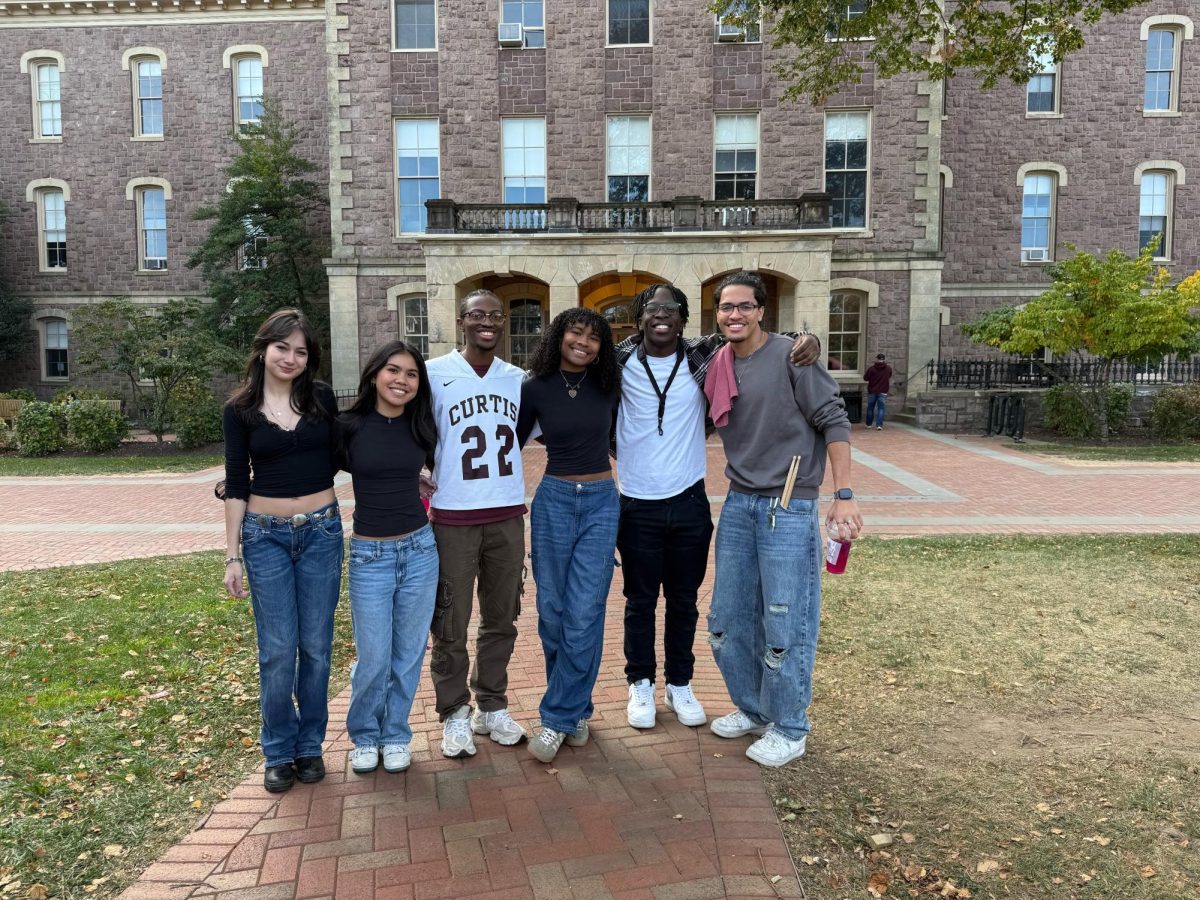











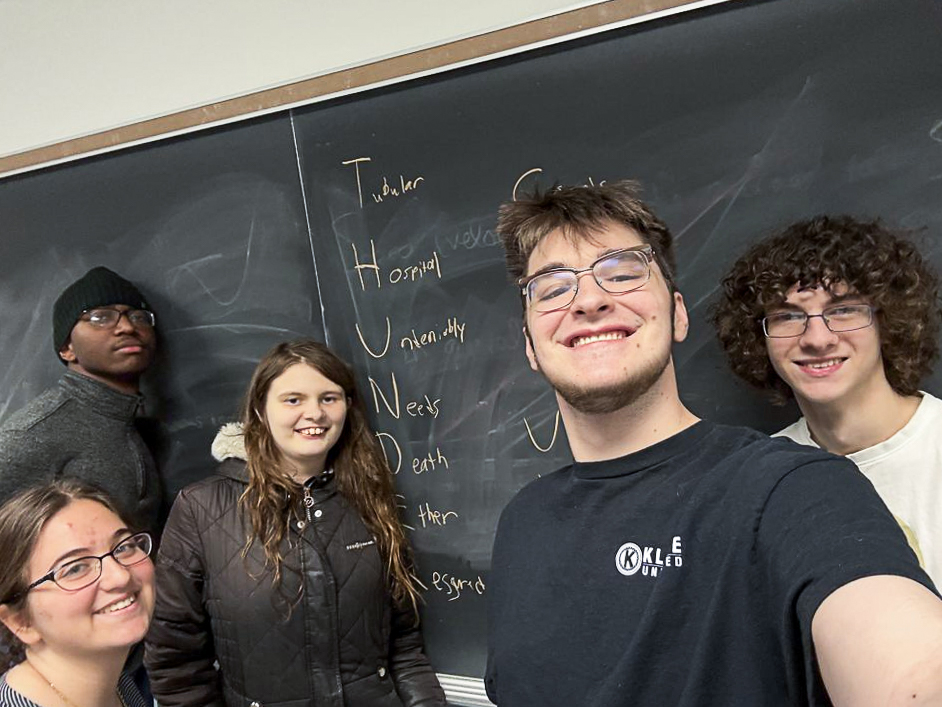
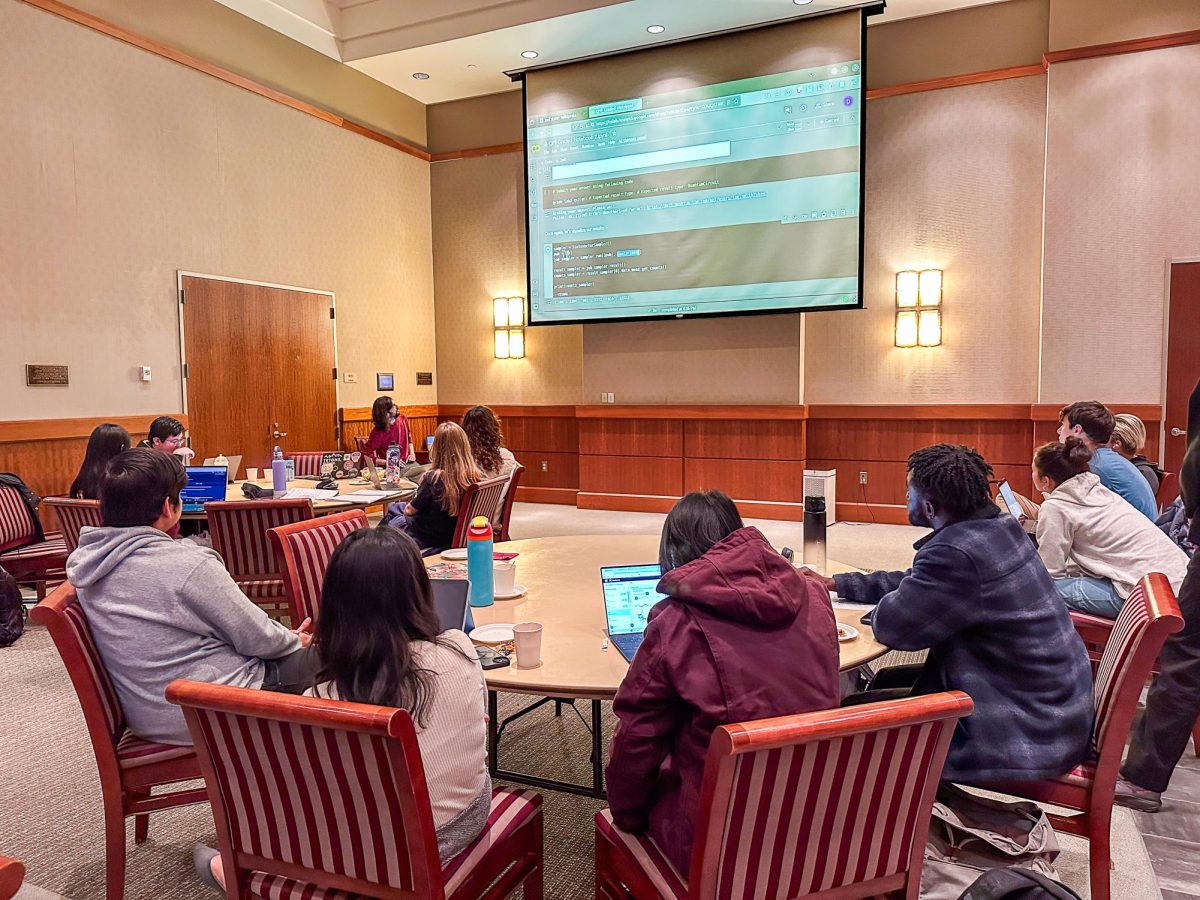





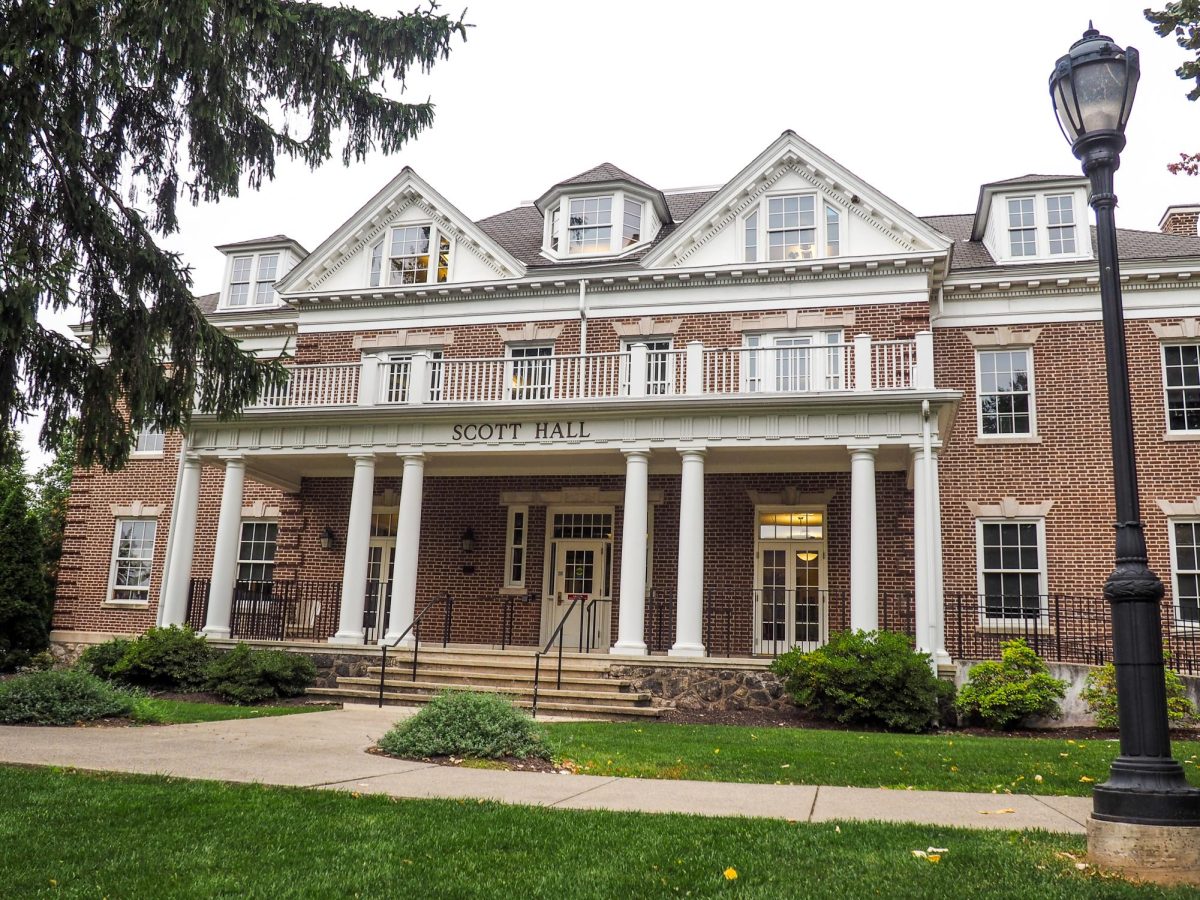










































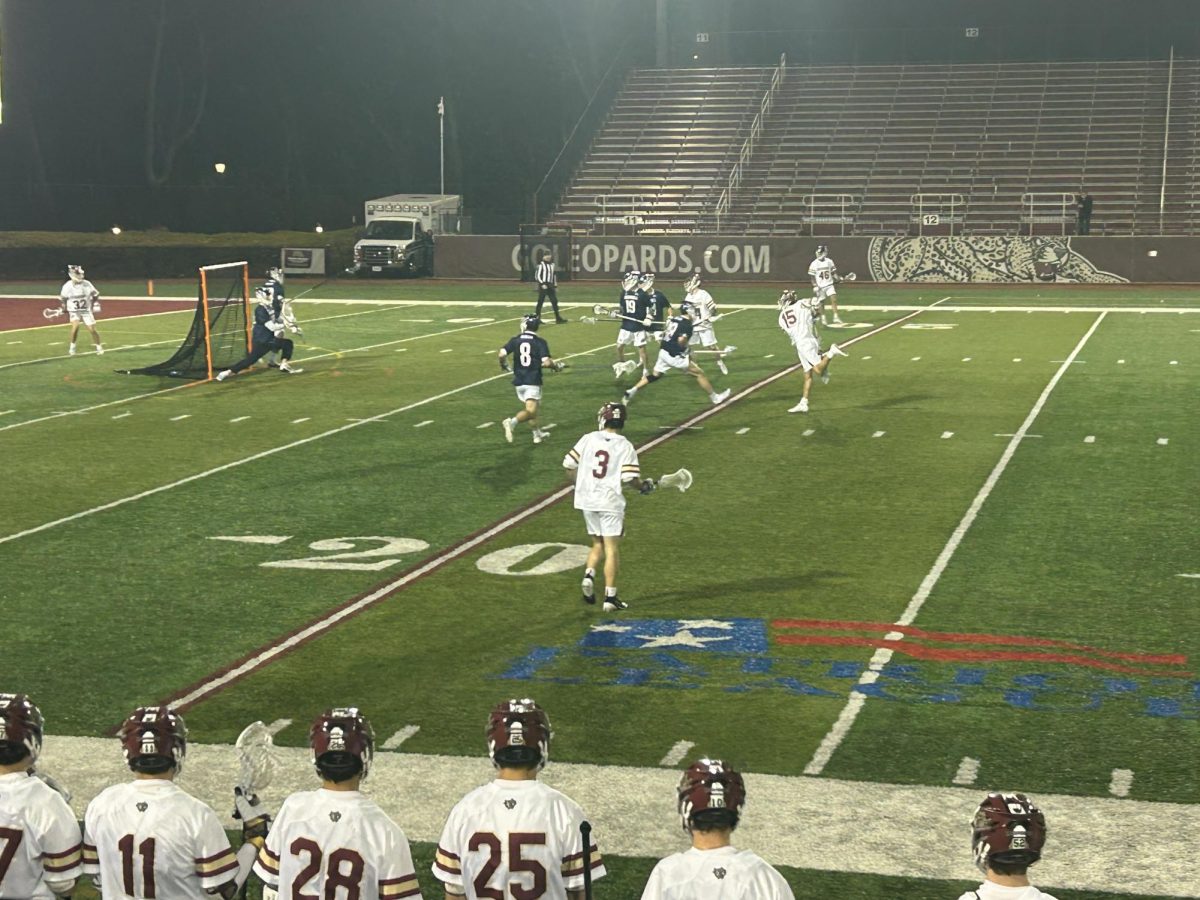




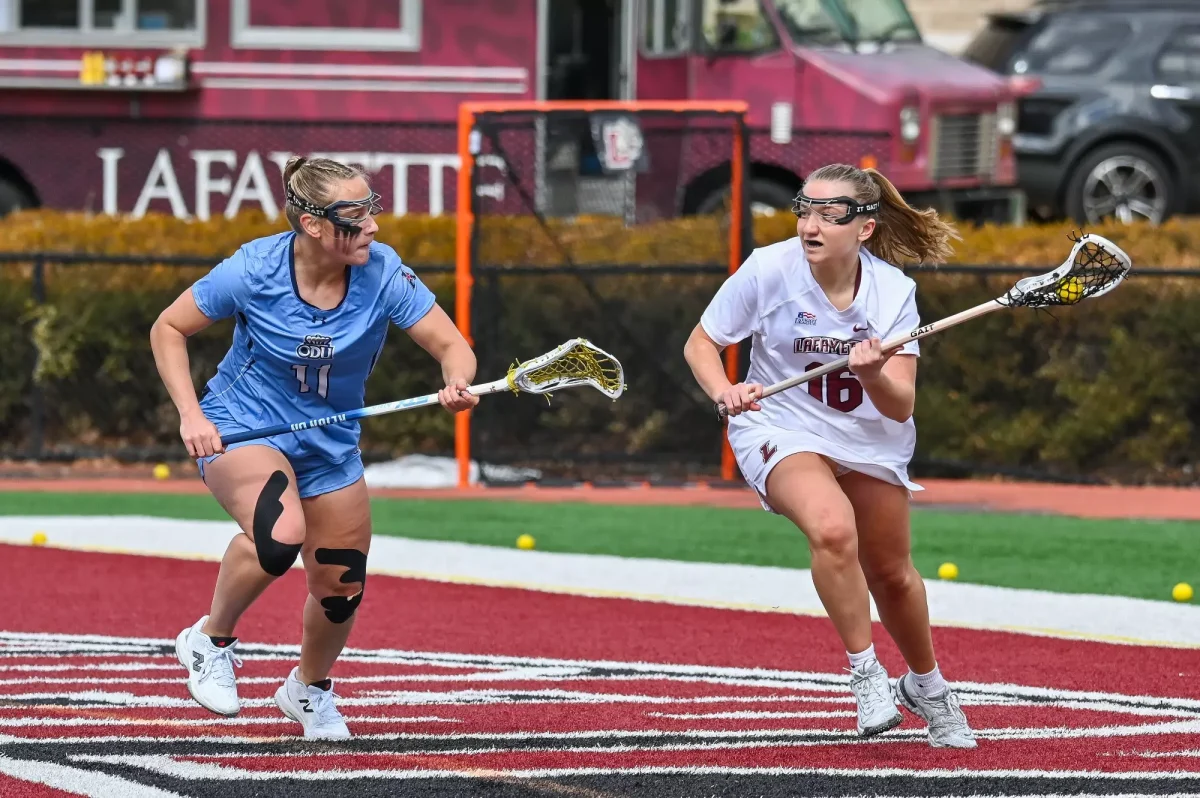




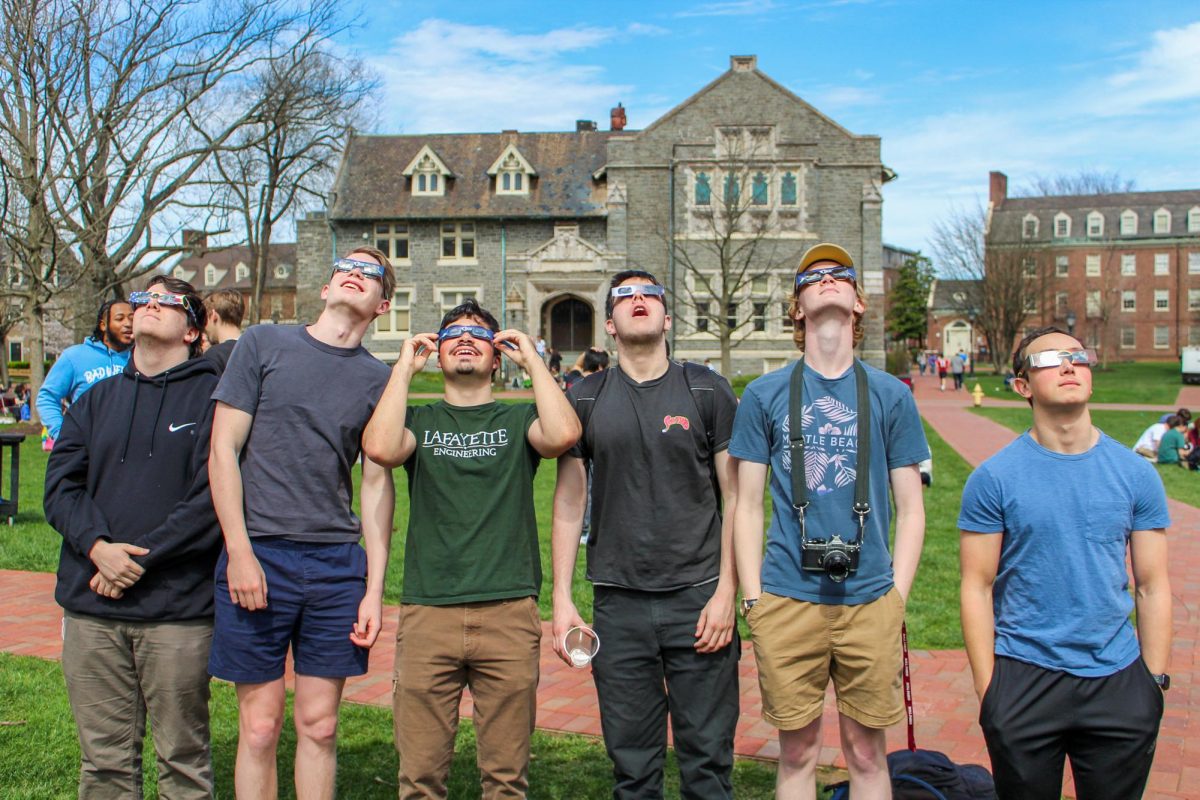














Brian • Apr 14, 2025 at 2:11 pm
Can you provide full context to the DOGE findings that drove these actions?
Feels like something is missing here.
Brian • Apr 14, 2025 at 11:24 pm
So I’ll take that as a no you cant provide full context becuase it may crush your narrative. Typical! If you want to be a journalist, remove emotion and opinion. Full context truth facts and we decide.
Brian • Apr 14, 2025 at 11:28 pm
Joke!